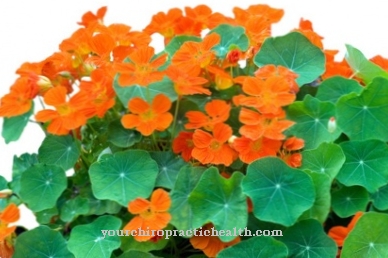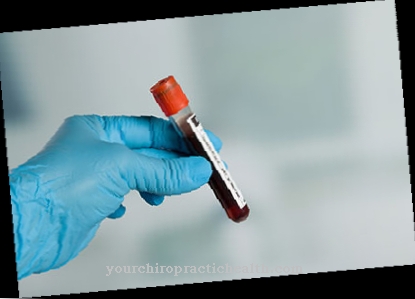The beautiful in its appearance Blue monkshood is considered to be Europe's most poisonous plant next to the foxglove and is under nature protection. In earlier times it was a popular murder poison because of its highly toxic effects.
Occurrence and cultivation of the blue monkshood

The name Blauer Eisenhut comes from the color and shape of its flowers. In addition to the name Blauer Eisenhut there were also the names Balaclava, Poison herb, Monk's cap or Cap hat common. It got its name because of its flower shape. In addition to these, there were the names devil's root, wolf poison and fox root, which indicate the poisonous effect. In earlier times it was confused and eaten because of its similarity to celery and horseradish, with fatal consequences. The toxic effect sets in from 0.2 g, 1 to 2 g can be fatal.
Mode of action & application
All plant parts of the blue monkshood are very poisonous. Even a light touch can lead to a [[skin rash (exanthema). Monkshood poisoning quickly becomes noticeable in numerous symptoms: tingling lips, tongue numbness, nausea, multiple vomiting, colicky diarrhea, strong sweats with cold sweat, cramps, ringing in the ears, yellow-green vision, strong convulsions, breathing difficulties, cardiac arrhythmias and symptoms of paralysis.
If emergency measures are not taken immediately, the poisoning can be fatal, depending on the amount consumed. Affected people remain fully conscious until the end and usually die within 3 hours from central respiratory paralysis or heart failure from ventricular fibrillation.
If you suspect poisoning you should call the poison control center immediately and obtain information. A doctor should be called immediately depending on the severity of the poisoning. Emergency measures in the event of severe poisoning should only be carried out by a doctor or paramedic. The doctor will check whether a gastroscopy is performed or an antidote needs to be administered. Often the cardiovascular system has to be stabilized or artificial respiration has to be initiated.
In earlier times the plant was mainly used as murder poison because of its dangerous effects, including poison arrows. In addition, the blue monkshood was mainly used in medicine as a medicinal plant. In medicine, mainly the parts of the plant collected at the beginning of the flowering period and the rootstock are used. The blue monkshood has a positive effect as a remedy, especially in cases of inflammation, chronic pain and anxiety, because the herbal ingredients have an effect on the muscles and the nervous system.
Blue monkshood is also used therapeutically for heart muscle inflammation and pleurisy. Because of the difficult dosage and the controversial effect of powders, tinctures and ointments, pure aconitine is mainly used today, among other things in pain relieving ointments. In homeopathy, monkshood is used primarily for sciatica, bronchitis and pericarditis.
Importance for health, treatment & prevention
A positive healing power of the blue monkshood is controversial today because the line between healing effects and deadly poison is thin and most of the effects on health, with the exception of the proven effect on neuralgic complaints, have not been scientifically proven.
The motto is: "The dose makes the poison". Because of the risk of incorrect dosing, the Federal Office for Drugs and Medical Devices has ordered stricter prescription requirements. All types of aconite and their derivatives now require a prescription. Only ointments and homeopathic medicines are exempt from the prescription requirement.
Because of the difficult dosage and insufficiently proven therapeutic effectiveness, the use of the blue monkshood is no longer recommended by the Federal Office for Drugs and Medical Devices. It is mainly still used in external application as an ointment or in homeopathy in highly diluted potentization. There its healing power has a positive effect on nerve pain, rheumatism, pleurisy and pericardial inflammation, especially with complaints that occur quickly and severely, and with fever, colds, bronchitis, sciatica and anxiety. However, because of its toxic effect, you should never dose it yourself, but use finished medical products that are prescribed or recommended by your doctor.
Traditional Chinese medicine and Ayurvedic teaching use the blue monkshood mainly for external applications to relieve pain, neuralgia, fever and inflammation. When used externally as an ointment, the risk of overdosing is lower and the dose can be slightly higher if necessary. The alkaloids then trigger a slight burning sensation and tingling sensation on the skin, after which the skin becomes numb and the desired pain relief begins. Occasionally, although rarely, but also with external use, skin redness and rashes can occur.
In ornamental gardens where there are children and animals, one should be aware of the dangerous effects and, if necessary, do without the blue monkshood.

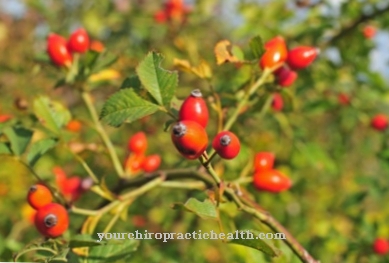
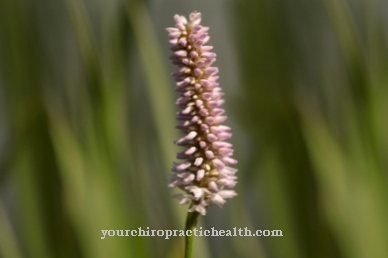


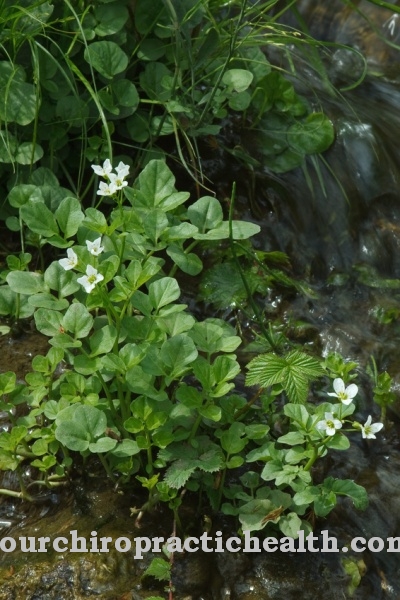


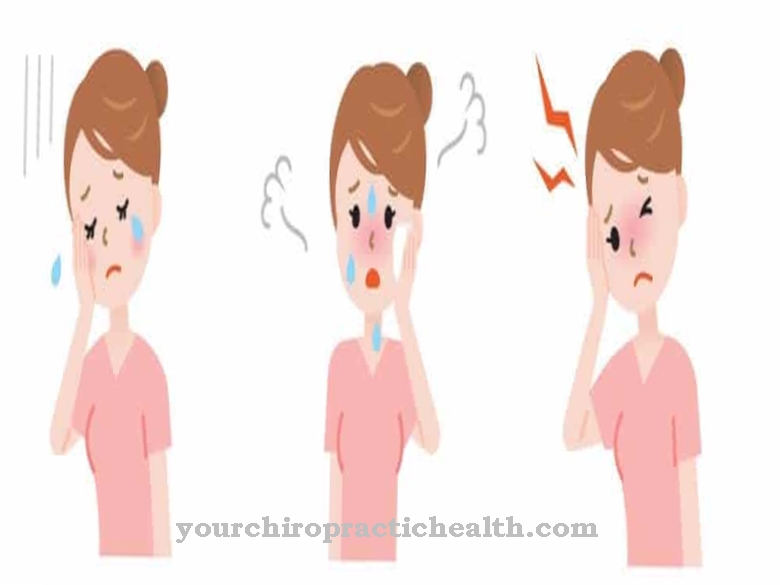


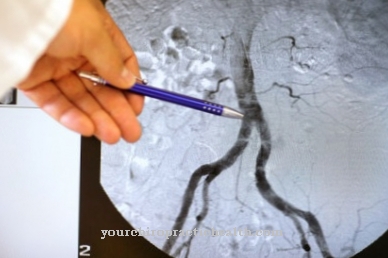


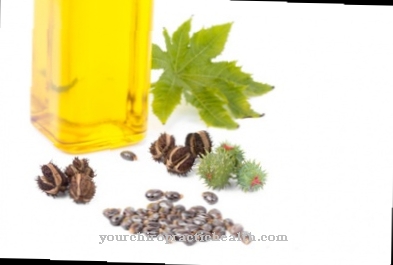
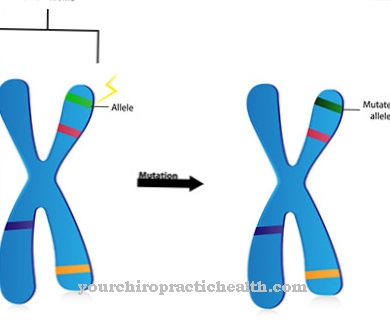
.jpg)



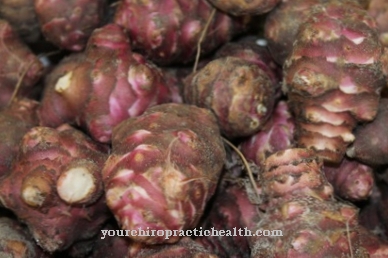

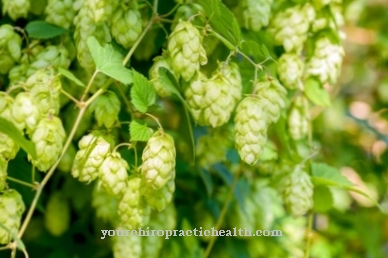

.jpg)
